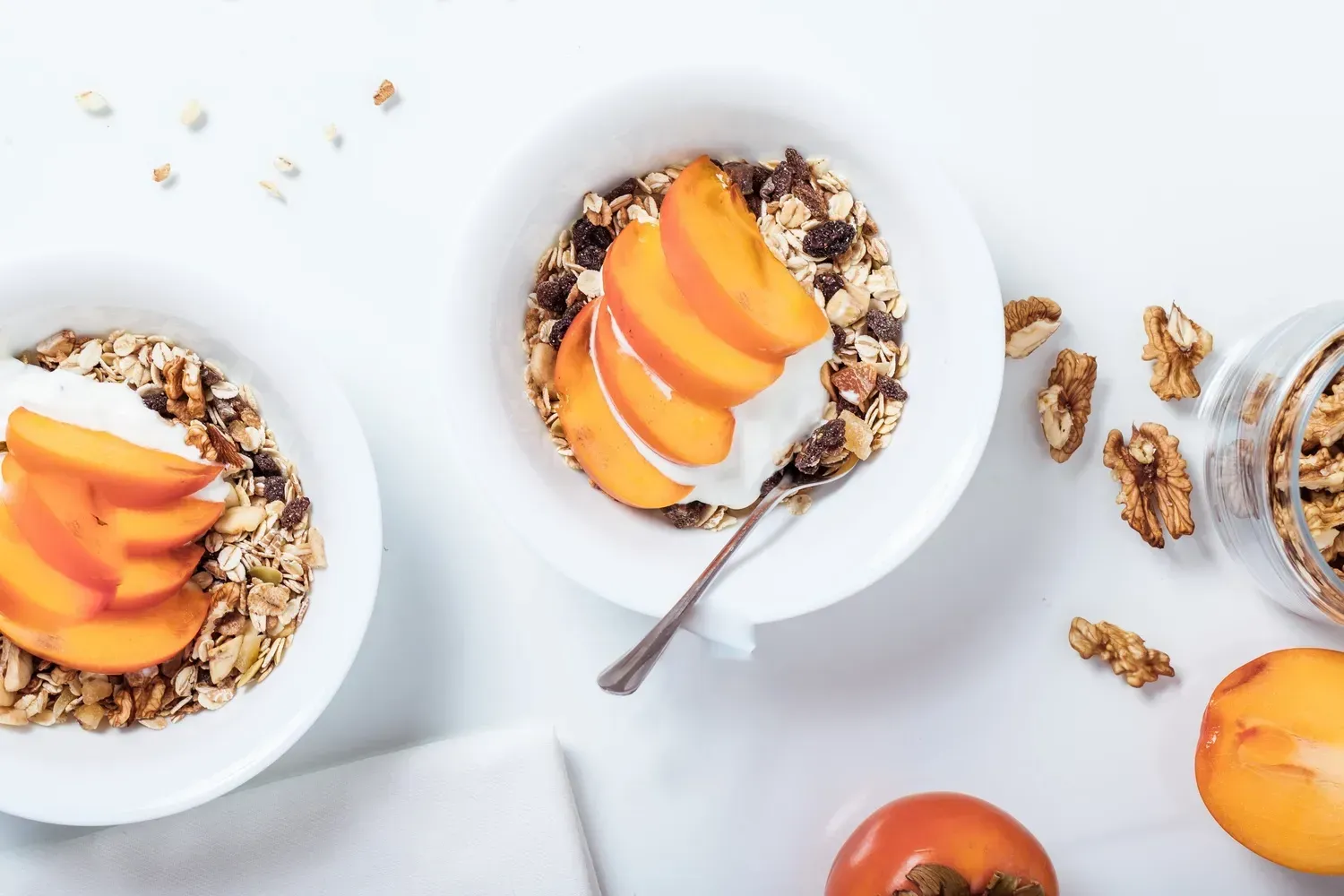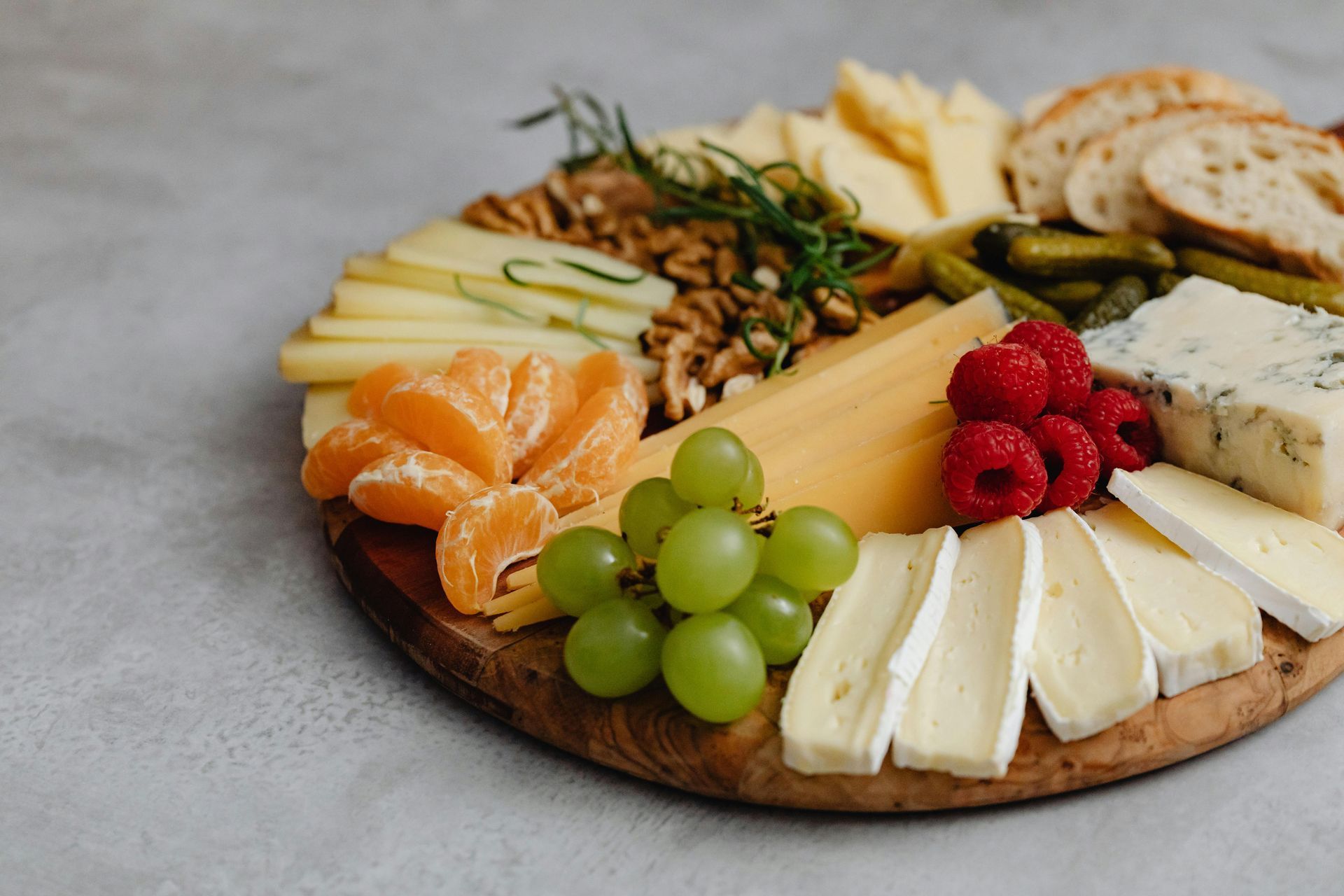Not all foods are created equal. Choose the ones that are right for you and your body.

When it comes to weight loss, focusing on low-glycemic eating can be one of the most effective strategies.
Low-glycemic foods break down more slowly in the body, which helps keep blood sugar levels steady and prevents the sharp spikes and crashes that often lead to cravings, fatigue, and overeating. Instead of feeling hungry soon after a meal, you stay satisfied longer, making it easier to manage portion sizes and stick to your goals.
The best foods for a low-glycemic approach include lean proteins such as chicken, turkey, fish, eggs, and plant-based sources like beans or tofu. Pairing these with plenty of non-starchy vegetables—think leafy greens, broccoli, peppers, cauliflower, zucchini, and cucumbers—adds fiber and nutrients without extra calories. Healthy fats from avocado, nuts, seeds, and olive oil are also encouraged, as they add flavor, promote fullness, and support overall health.
When choosing carbohydrates, focus on fiber-rich, slow-digesting options like quinoa, lentils, beans, sweet potatoes, oats, and fruits such as berries, apples, or pears. These not only fuel your body but also keep you energized throughout the day without the rollercoaster effect of high-sugar foods. By building meals around these nutrient-dense, low-glycemic choices, you can create a sustainable eating plan that supports weight loss, improves energy, and helps you feel your best.
Need help? I'd love to coach you on your journey!




